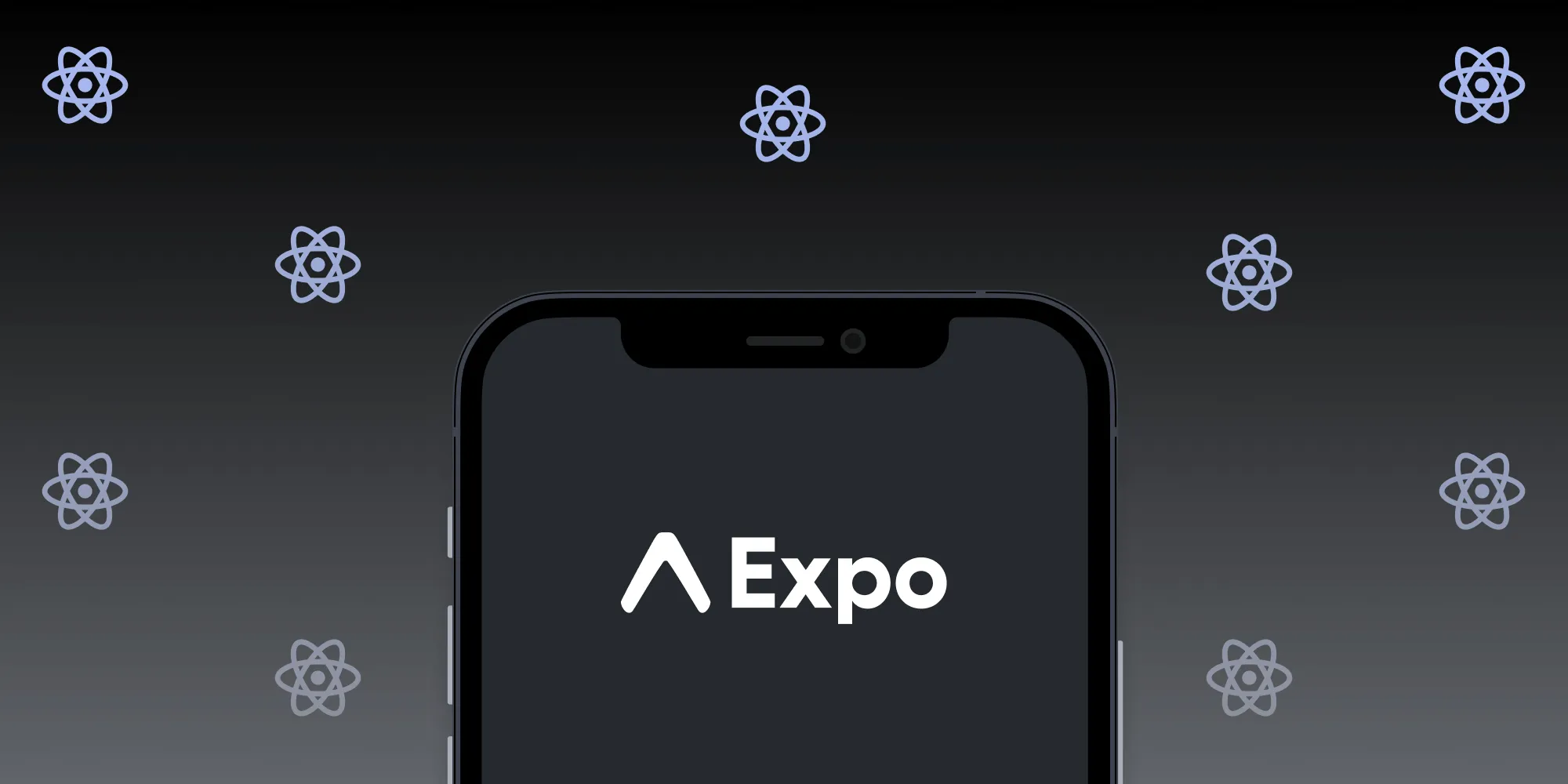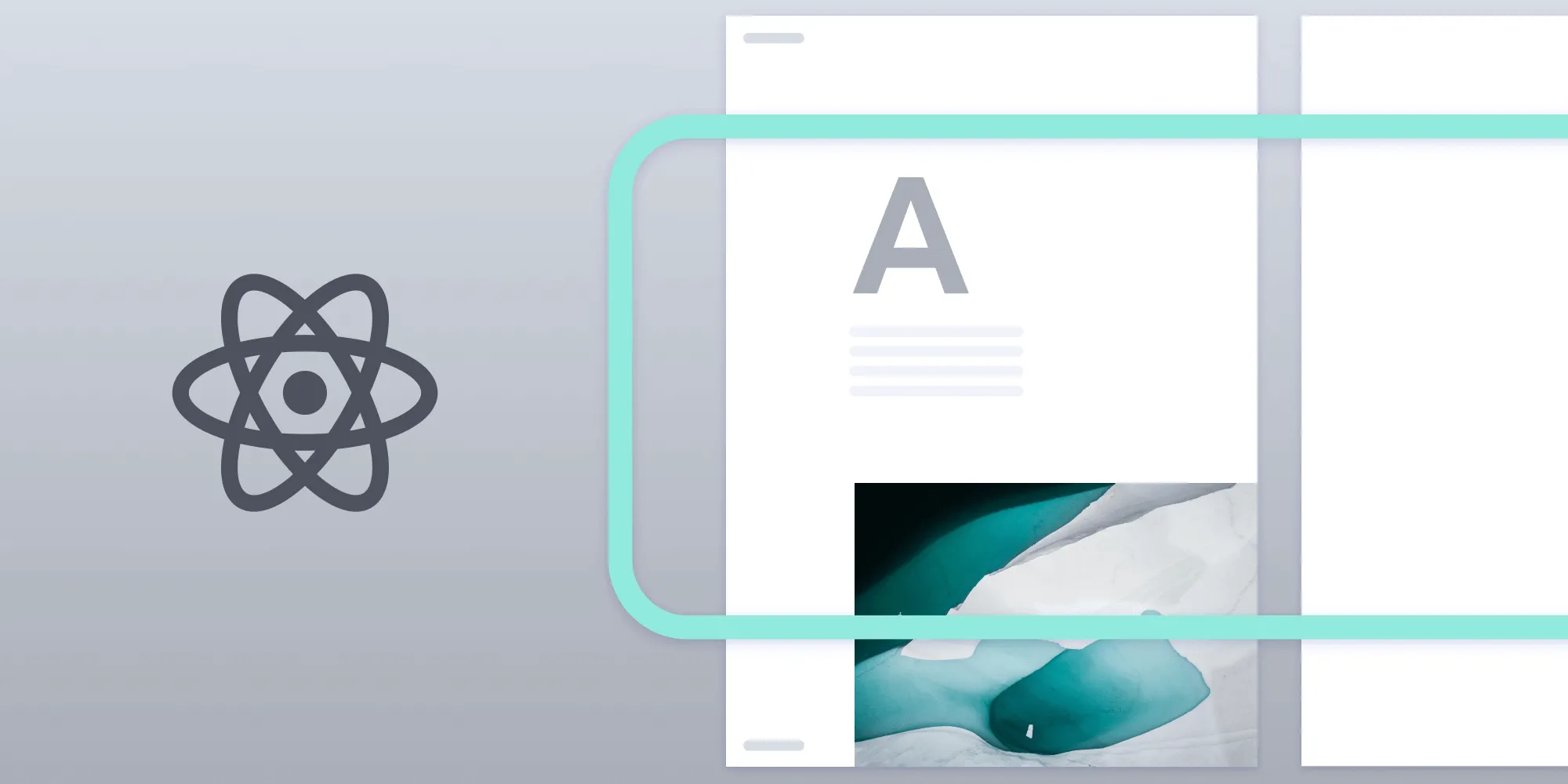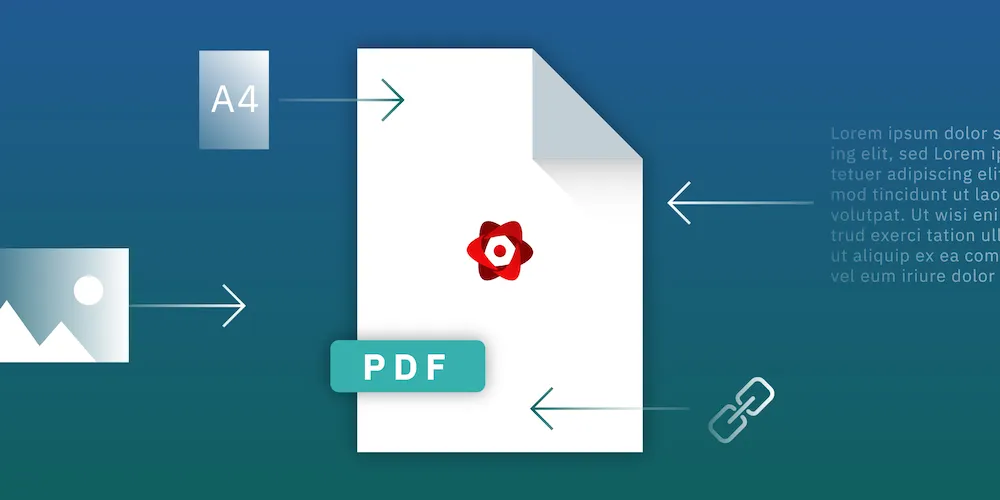Why and how to fork the Nutrient React Native SDK repository

This guide explains how to fork and customize Nutrient’s React Native PDF SDK repository for advanced use cases that require native platform access. Forking becomes necessary when implementing custom UI components, early lifecycle code, or features available in native SDKs but not yet bridged to React Native. The tutorial covers forking steps, repository configuration changes, customization techniques, and maintaining synchronization with upstream updates for seamless integration.
Our React Native PDF SDK is an SDK for viewing, annotating, and editing PDFs. It offers developers the ability to quickly add PDF functionality to any React Native application. We provide our React Native SDK as a source-available repository(opens in a new tab) that’s hosted on GitHub, and it bridges some of the most common APIs exposed by Nutrient’s native Android and iOS SDKs. This makes implementing common use cases in React Native easy.
However, sometimes there are custom use cases that aren’t so straightforward to implement, and they require you to fork and customize our React Native SDK’s repository.
In this blog post, we’ll focus on the process of forking the Nutrient React Native SDK repository and cover how to use that custom fork. Additionally, we’ll talk about how to keep your forked repository up to date when our React Native SDK repository changes.
Why fork the Nutrient React Native SDK repository?
To implement custom use cases in React Native, you may have to drill down to the native layer and write Objective-C or Java code. There are a lot of design pattern, paradigm, and philosophy differences between iOS and Android development, and because of this, it’s difficult to find common abstractions that work identically for both platforms.
For instance, the view hierarchy in our Viewer component for iOS is quite different from the view hierarchy in Android. So, if you want to customize something related to the view hierarchy, it’s easier to do it in native code rather than bridging everything over to React Native.
Another scenario where you may need to go into the native layer is if your use case requires you to run some code early in your app’s lifecycle. In such a case, you should do it directly in the native part of your app. A use case for this could be customizing your app’s appearance (theming) on iOS. But there are limitations in when and how React Native instantiates third-party libraries. For example, we have access to Nutrient React Native SDK and its APIs only after the app has launched (application(_:didFinishLaunchingWithOptions:)(opens in a new tab) on iOS). This makes it impossible for our React Native code to perform any tasks like theming immediately after the app launches.
The last and the most important reason you’d want to fork our repository is if your use case requires a feature that’s available in Nutrient Android SDK and Nutrient iOS SDK but not yet in Nutrient React Native SDK.
How to fork the React Native repository
The following steps outline how to fork the React Native repository.
Navigate to the Nutrient React Native SDK repository(opens in a new tab).
Fork the repository(opens in a new tab) to your personal account or your organization’s account.
Make the following changes to your forked repository:
In the
package.jsonfile, replace theurlunderrepositorywith your own repository:"repository": {"type": "git","url": "https://github.com/PSPDFKit/react-native.git""url": "https://github.com/yourRepo/react-native.git"},In the
package.jsonfile, replacehomepage:"homepage": "https://github.com/PSPDFKit/react-native","homepage": "https://github.com/yourRepo/react-native",In the
react-native-pspdfkit.podspecfile, replace thes.sourceURL with your own repository:s.source = { :git => 'https://github.com/PSPDFKit/react-native' }s.source = { :git => 'https://github.com/yourRepo/react-native' }
Your forked repository is now ready to be customized!
Making customizations
The next step is to make additional changes and customize the code. For examples and tutorials on how to customize your repository, refer to our blog posts on extending React Native APIs:
- How to bridge native iOS code to React Native — This blog post explains how to bridge native iOS code to add a custom annotation deletion button to the toolbar.
- How to extend React Native APIs — We give examples of how to call native iOS code from React Native, listen to event callbacks, and customize the UI using native code.
- Advanced techniques for React Native UI components — This blog shares techniques for Android to call both simple methods such as
saveCurrentDocumentand methods with return values such asgetAnnotationsfrom React Native. - How to extend React Native APIs for Windows — In this post, we explain the process of extending the React Native APIs for Windows to accomplish tasks such as PDF manipulation, listening to event callbacks, and customizing the UI.
Using your custom React Native repository
Now that you’ve customized code, you’ll want to know how to use it. If you followed our getting started guide for React Native, you’ll have come across the step where you add the Nutrient React Native SDK dependency using Yarn:
yarn add react-native-pspdfkit@github:PSPDFKit/react-nativeTo use your custom repository, replace the GitHub URL in the line above with the URL of your own custom fork:
yarn add github:yourRepo/react-nativeAfter adding this dependency, you must run yarn install once to install this dependency. And voilà! You’ll now be able to use any native customizations you may have made in your React Native app!
Keeping your custom fork updated
Even though you’re using your own custom fork of the React Native SDK, you might still want to fetch any newer changes from our repository. We’re constantly updating our hybrid SDKs by adding more APIs and documentation and fixing bugs. So, whenever there’s an update of our React Native SDK, we recommend pulling any changes to your custom fork as well. In addition to you getting the newest, most updated code, it also enables us to be faster on support by eliminating the need to roll back to previous versions when testing or replicating issues.
To keep your repository in sync with ours, perform the following steps:
- Before you can sync your fork with an upstream repository, you must configure a remote that points to the upstream repository(opens in a new tab) in Git.
- Change the current working directory to your local project.
- Fetch the branches and their respective commits from the upstream repository using
git fetch upstream. - Check out your fork’s
main/masterbranch withgit checkout main. - Merge the changes from
upstream/masterinto your localmain/masterbranch withgit merge upstream/main. - Optionally, push the changes from your local branch to your GitHub remote.
If you prefer, you can instead follow the steps to sync a fork(opens in a new tab) from GitHub’s web UI, as opposed to the command line.
Conclusion
Nutrient React Native SDK is designed to be fully customizable so that you can add the functionality your project requires. This post covered the process of forking and maintaining the fork for a React Native library repository. We hope it’ll help you streamline the process of customization so that you can implement complex use cases in your app.
If you have any questions about Nutrient React Native SDK, please don’t hesitate to reach out to us. We’re happy to help.







